Our beta project was based upon fertility in the period 2001-11. Part of this involved the examination of educational attainment over the two Censuses. A remarkable outcome from this was that in about one tenth of cases educational attainment fell between the two Censuses. Most dramatically, over 1,300 of those who were recorded as having a degree in 2001 were listed as having no qualification in 2011.
The object of this project is to identify the factors that explain the fall in educational attainment and to examine their applicability in census responses to health questions where the situation is complicated by the status being able to deteriorate as well as improve.
A number of explanatory factors suggest themselves:
Although there is no record of the person in the household who completed the Census form, if parents are present in 2001 then it is likely that one of them did. The educational level of the parent(s) is likely to influence the direction of any errors. If the individual left home after 2001 and completed the 2011 form themselves, then a lower educational attainment may reflect honesty or indifference to the Census.
A single mother with several young children may not give the enumeration form the attention it deserves. The education question is lengthy and many responses are incomplete.
Linked to (1), if the individual’s attainment is below the average of the output area, there might be a temptation to inflate attainment, particularly if a different person completes the form.
If no response is given in the form then the Census will frequently impute one. The project should evaluate the result of such a system.


